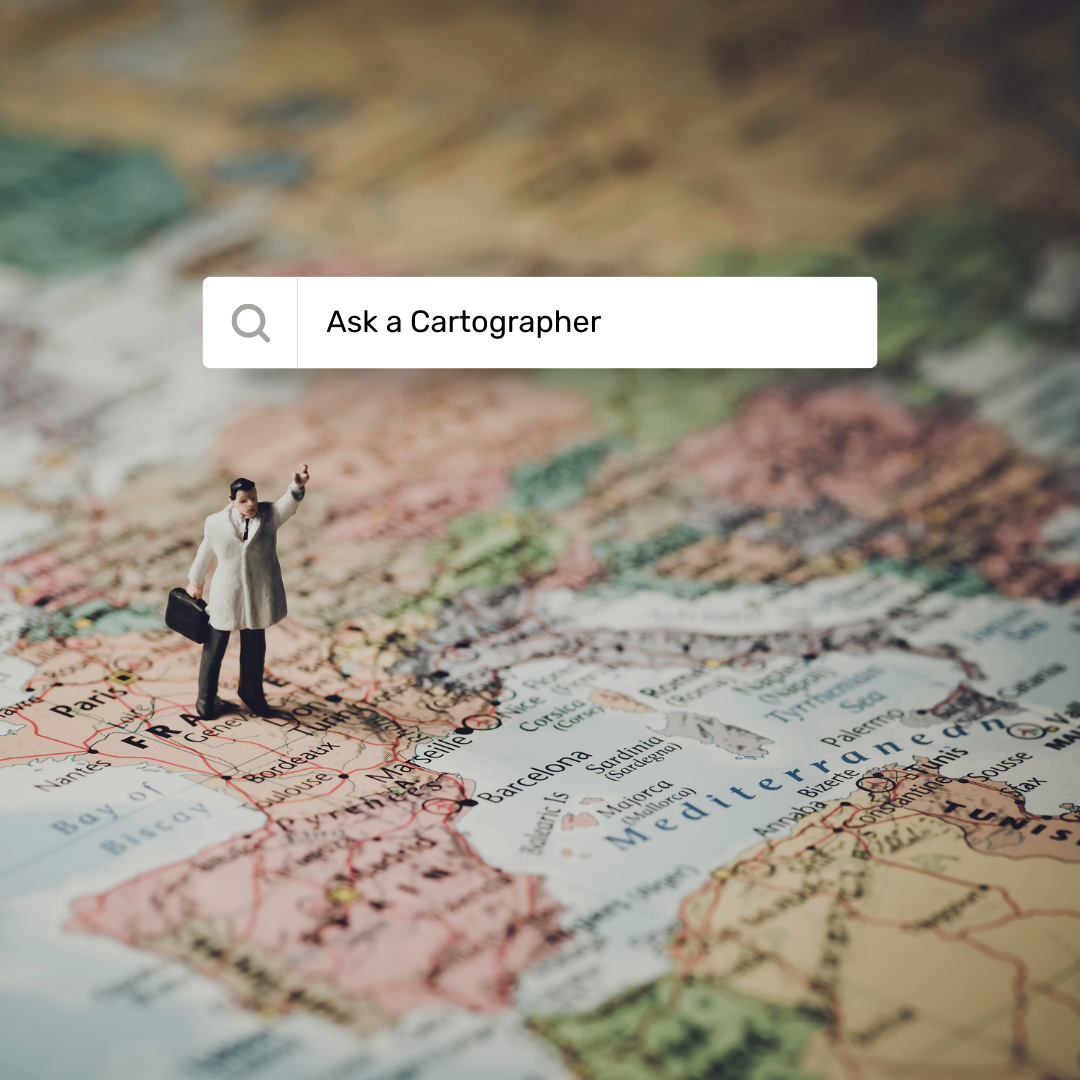Lost in longitude or confused by contour lines? Want to know all the tips and tricks for getting the most out of your atlas? Curious if paper towns still exist? "Ask the Cartographer" is your opportunity to get the facts straight from the source. Tom Vitacco, Rand McNally’s Director of GIS is here to answer your burning questions, and geek out over fascinating map lore – one exploration at a time. This week we're delving into how one becomes a cartographer.

Question: How do you become a cartographer? Do you need a degree?
Tom’s Answer:
Thank you for the question! Most companies do require a degree to become a cartographer. When I first started my career at Rand McNally 38 years ago, there were many employees working in the Cartographic Services Department who did not have a college degree, but trained under some of the more experienced staff to become proficient at their craft. By the time I applied for the entry level cartographer position, a bachelor’s degree was required.
Fortunately, I had just received my B.S. in Geography from Illinois State University and finished an internship at a small local mapping company when the position opened up at Rand McNally so the timing worked out well for me. I have worked my entire career for Rand McNally in many different cartographic or creative positions.
GIS is a technology that allows you to store, manipulate, and display spatial data. Cartography is the art and science of deciding the hierarchy of information, what's important and how to communicate and display it on a map. A cartographer has to decide what map content is appropriate to display at different scales or based on the format or media the map is used in.
For example, our Rand McNally Road Atlas has a fixed size paper we use and we have to make maps of small states like Rhode Island and large states like Texas that both fit on the same size paper. So the cartographer makes decisions on what content to display to keep the map legible and the GIS is the software and system we use to edit the data and content.
In my early years, I worked mostly on new map ideas and concepts and enjoyed the creative side of cartography before transitioning into Mac-based computer mapping. Although I was trained using manual cartographic techniques (film overlays, scribing and camera work), I really liked creating maps on the computer because of the speed and power the systems offered.
Eventually I worked my way into management roles and helped implement and develop the modern mapping system we use today to produce all our maps and atlases.
Many colleges offer special programs in both cartography and geographic information systems (GIS). The cartography classes at ISU were some of my favorite courses and strengthened the interest in maps I had when I was younger. When I was in college, computers were used for some of the courses, but the digital cartographic era was just beginning. Today, most mapping companies use powerful geographic information systems which analyze and display geographically referenced information.
As a cartographer, you manipulate the geographic data often in creative and visually appealing ways to produce maps, charts or graphics. Cartography and GIS both offer interesting careers because they blend art, science and technology – all of which I get to use on a daily basis as Director of GIS at Rand McNally Publishing. One of my favorite parts of my job is the fact that I get to use GIS technology to create and produce printed maps like those found in our Road Atlases as well as digital maps used online and in other navigation products.
Have a question for our cartographer? Email us at printproducts@randmcnally.com with “Ask a Cartographer” in the subject line and your question could be featured next!


